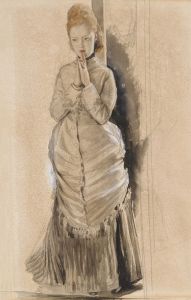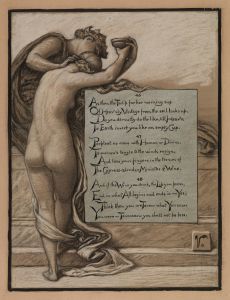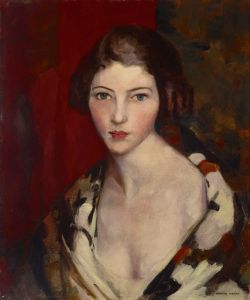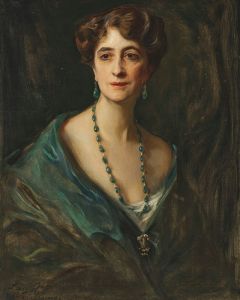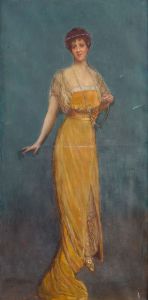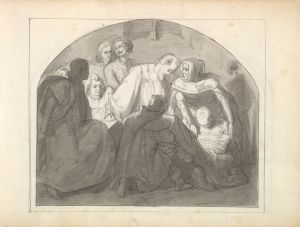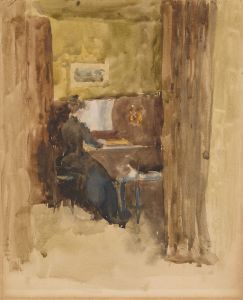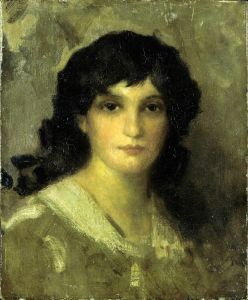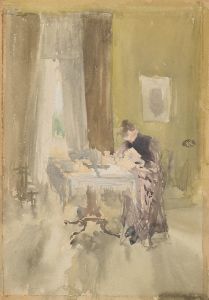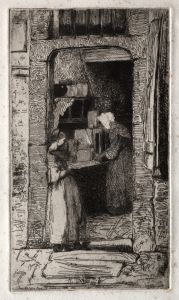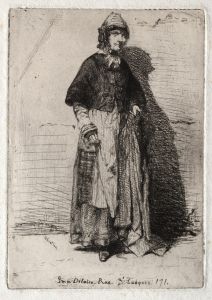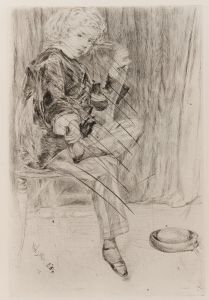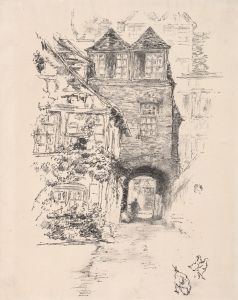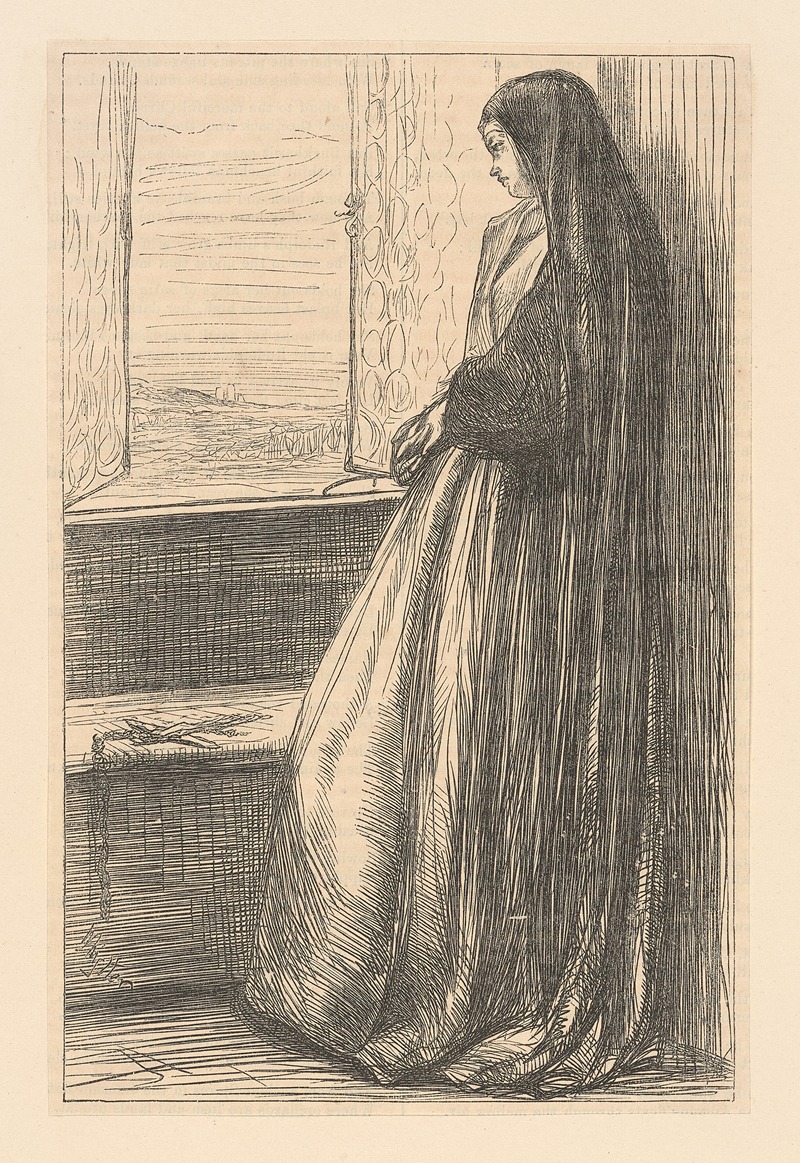
The major’s daughter
A hand-painted replica of James Abbott McNeill Whistler’s masterpiece The major’s daughter, meticulously crafted by professional artists to capture the true essence of the original. Each piece is created with museum-quality canvas and rare mineral pigments, carefully painted by experienced artists with delicate brushstrokes and rich, layered colors to perfectly recreate the texture of the original artwork. Unlike machine-printed reproductions, this hand-painted version brings the painting to life, infused with the artist’s emotions and skill in every stroke. Whether for personal collection or home decoration, it instantly elevates the artistic atmosphere of any space.
James Abbott McNeill Whistler was an American artist known for his significant contributions to the art world during the late 19th century. He is best remembered for his paintings, etchings, and lithographs, which often emphasized mood and atmosphere over detailed representation. One of his lesser-known works is "The Major's Daughter," which, like many of Whistler's paintings, reflects his interest in capturing the essence of his subjects through subtle color palettes and delicate compositions.
"The Major's Daughter" is a portrait that exemplifies Whistler's distinctive style, characterized by his use of soft tones and harmonious arrangements. Whistler was heavily influenced by the Aesthetic Movement, which prioritized beauty and visual harmony over narrative content. This influence is evident in "The Major's Daughter," where the focus is on the aesthetic quality of the painting rather than a detailed depiction of the subject's identity or background.
Whistler's approach to portraiture often involved a careful balance between realism and abstraction. In "The Major's Daughter," he employs a limited color palette, using muted tones to create a sense of tranquility and introspection. The composition is likely to be simple yet elegant, with an emphasis on the sitter's pose and expression, capturing a moment of quiet reflection.
The identity of the sitter in "The Major's Daughter" is not widely documented, which is not uncommon for Whistler's portraits. He often painted individuals from his social circle or commissioned works for patrons, but detailed records of these subjects are not always available. This lack of information about the sitter adds an element of mystery to the painting, inviting viewers to focus on the artistic qualities rather than the personal story behind the portrait.
Whistler's technique in "The Major's Daughter" would have involved his characteristic use of thin layers of paint, allowing him to achieve a luminous effect on the canvas. This method, combined with his attention to the subtleties of light and shadow, contributes to the overall mood of the painting. Whistler's portraits are known for their ability to convey the personality and mood of the sitter through minimalistic yet expressive means.
While "The Major's Daughter" may not be as famous as some of Whistler's other works, such as "Arrangement in Grey and Black No. 1" (commonly known as "Whistler's Mother"), it remains an important example of his portraiture. The painting reflects Whistler's commitment to the principles of the Aesthetic Movement and his skill in creating visually harmonious compositions that transcend the specifics of the subject matter.
In summary, "The Major's Daughter" by James Abbott McNeill Whistler is a testament to the artist's ability to blend aesthetic beauty with subtle emotional depth. Through his use of color, composition, and technique, Whistler captures a timeless quality that continues to engage viewers, highlighting his enduring influence on the world of art.





